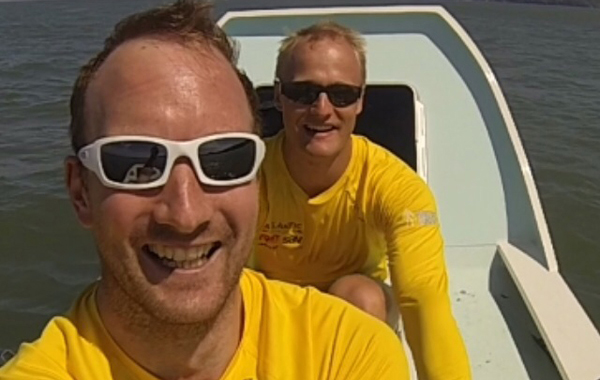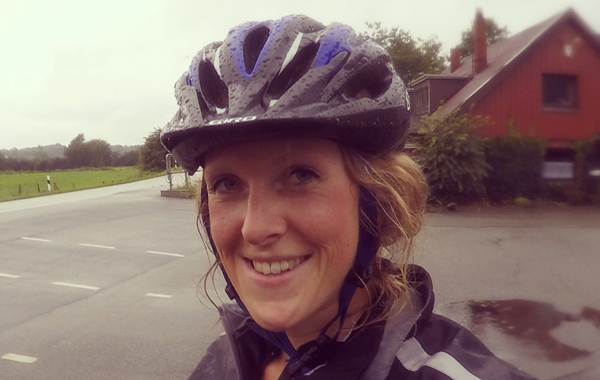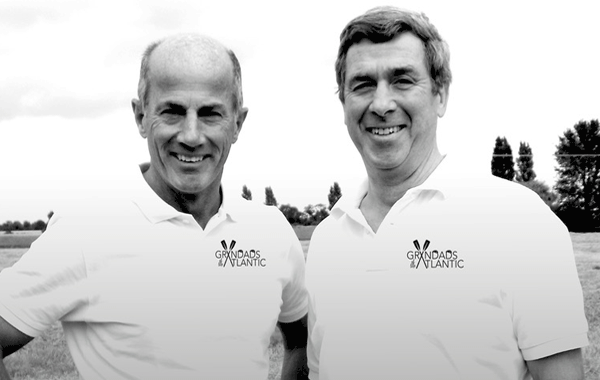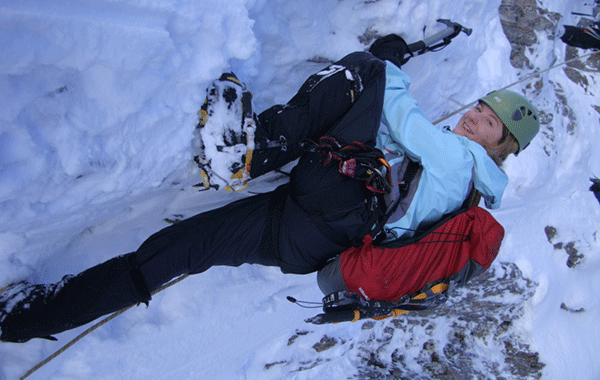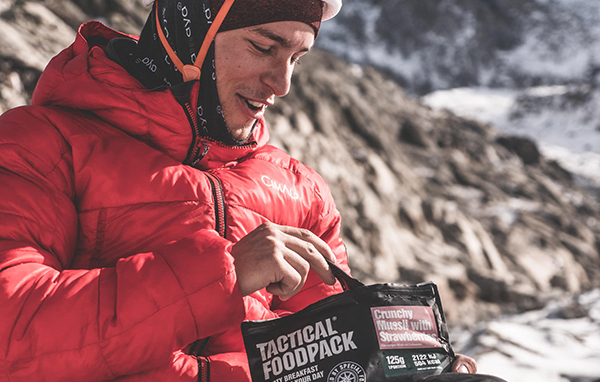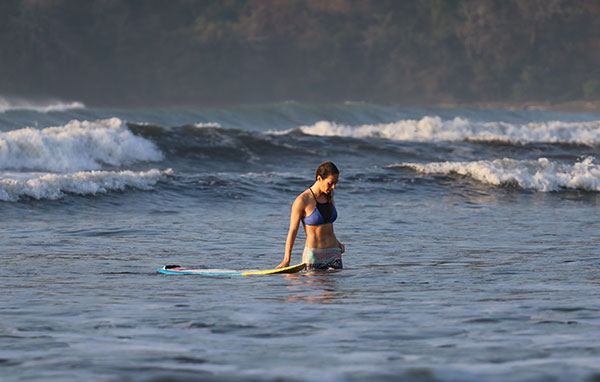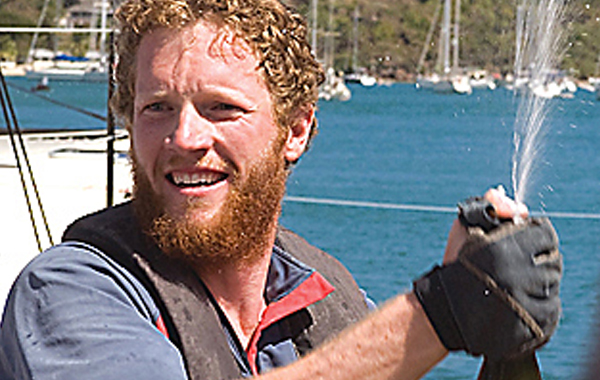
PAUL RIDLEY has been competing on the water since he joined a novice rowing team during his time at University. Since then the American’s achievements in the sport have been nothing short of heroic.
At the age of 25 he became the youngest American to row across the Atlantic Ocean and he has also, with three other men, completed the first non-stop and unsupported row of the Arctic Ocean.
In addition to his achievements on the water Paul has along the way also raised a substantial amount of money for Cancer Research. He, with his sister, funded the charity Row for Hope which helps adventurers plan and raise money for causes they are passionate about.
At such a young age Paul has accomplished much already but as you read on you will find out how much more he’s ready to achieve.
How did you first get involved in rowing and what and who were the influences around you?
Baseball was my first love, but when I got to college my university didn’t have a team. I needed a new sport so I joined the novice rowing team, which was always looking for new blood.
I always enjoyed the simplicity of competitive rowing – all you need to do is show up (at 5am) and do what the coxswain says
I had never been much of an endurance athlete but at 6’2″ I was reasonably well built for rowing and had always enjoyed messing about in boats. I always enjoyed the simplicity of competitive rowing – all you need to do is show up (at 5am) and do what the coxswain says. I’m a glutton for punishment, and getting yelled at by a coxswain was exactly the kind of motivation I needed to push myself.
I also got a lot of motivation from the internal competition that existed among my teammates. Everyone wanted to be faster and we pushed each other every day to get better. When I got into the solitary business of solo ocean rowing I really missed that outside encouragement from my teammates.
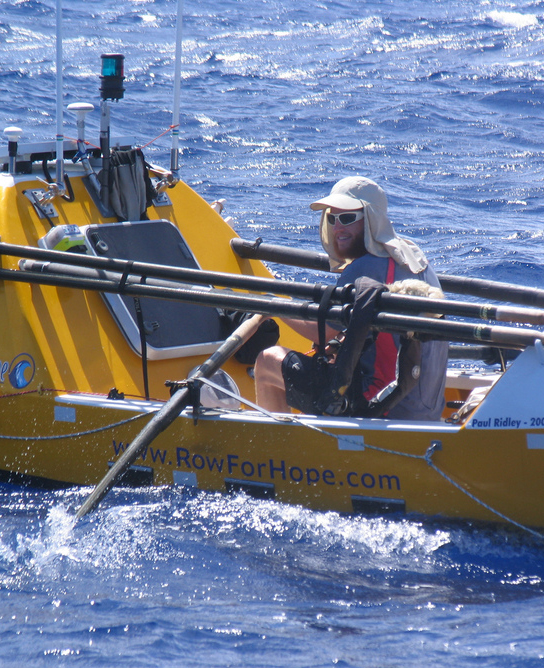
I initially got into ocean rowing ten years ago when a co-worker sent me a link to the website of a Scottish guy named Leven Brown who was rowing across the Atlantic. He made it sound like fun and that got the ball rolling for me. It wasn’t until later that I realised that Leven had taken a typical Scottish ‘stiff upper lip’ storytelling approach on his blog and he had actually left out a lot of the painful and generally unpleasant parts of ocean rowing. Leven later became a great source of information on ocean rowboat system design and taught me a lot that went into the construction of my boat.
At the age of 25 you became the youngest American to solo row across the Atlantic Ocean. What motivated you to take on the challenge and how did you feel once you had achieved it?
First off I wanted to know if I was capable of rowing across an ocean. I had spoken to a handful of people who had done it and developed a massive amount of respect for them and what they had achieved. I wanted to find out if I could push through the pain, fear and solitude that’s inherent to ocean rowing and join that elite club.
I also realised early on that ocean rowing, particularly solo, attracts a lot of attention in the media. I had lost my mom to skin cancer in 2001 and had always wanted to do my part in the fight against cancer. By making my ocean row a cancer research fundraiser I was able to turn the media interest that my row would produce into something positive. My sister and I started a charity called Row for Hope to raise funds for cancer research and partnered with the Yale University Cancer Center to put the money to work.
I landed in Antigua 87 days after setting off from the Canary Islands. Climbing off the boat into a waiting crowd of friends, family, media and curious strangers was a dream come true. Everything I had longed for on the ocean was handed to me all at once and my world was permanently changed.
From that point on I’ve been known as ‘the guy that rowed the ocean’, rather than just the ambitious dreamer I had been 87 days before. It’s not a bad thing to be known for, and I’m proud to have made a small impact in the fight against cancer and helped inspire people to make a difference for causes they’re passionate about.
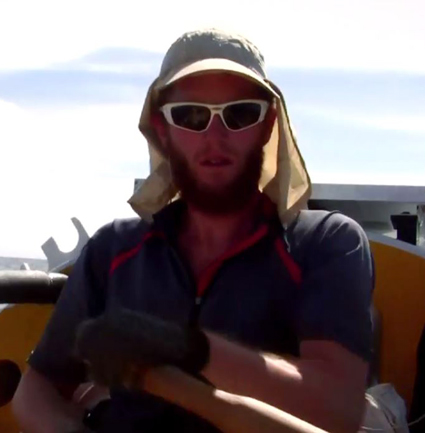
Could you give us some more details about the row and were there any times you thought you wouldn’t make it?
My preparation focused on getting my boat and body ready to sustain me without any outside support for up to 95 days. The boat, named Liv (an old Norse word meaning ‘defence/protection’) was custom built in Rhode Island in the US by Aquidneck Custom Composites and was designed in the UK to exactly fit my height, weight, planned route, etc… Since my Atlantic row Liv’s other owners have rowed her across the Atlantic again, rowed around the perimeter of Lake Michigan and participated in the first ever race across the Pacific from California to Hawaii.
My physical training was intense, particularly given that I was working regular 60 plus hour weeks as a management consultant in the asset management industry. To prepare my body to row 12 to 14 hours a day, every day for 95 plus days I brought on a team of experts to design a training programme and keep me healthy. My rowing coach talked to past ocean rowers about their training, monitored my progress weekly and tweaked the programme whenever necessary. About 80 per cent of my training hours were spent rowing and the rest was a combination of Bikram yoga and weightlifting that was focused on improving my core strength. It’s really impossible to prepare your body to row 12 hours a day without a day off – instead my training was designed to prevent injury and fatigue in the first few weeks when my body was adjusting to the extreme workload of ocean rowing. In hindsight, it worked incredibly well and my only physical complaints in the first several weeks were seasickness and stiff muscles.
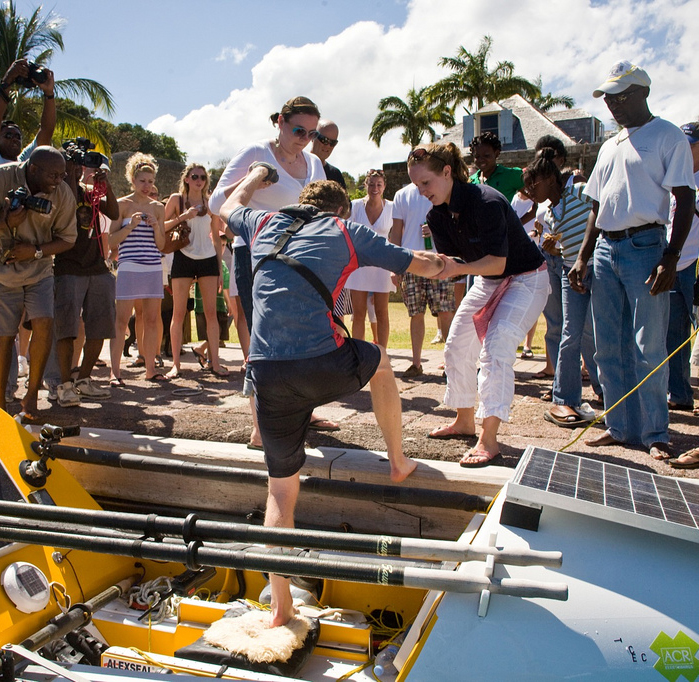
The first three weeks were particularly hard mentally. After two weeks of rowing the real scale of the challenge caught up with me and I started slipping into a mental black hole. Despite rowing non-stop for 14 days I was only a few hundred miles closer to my goal and had several thousand more miles to go. On night 16 the seas got huge and I was scared and alone on a dark, angry ocean. I spent the whole night trying to think of ways I could quit and still preserve my dignity. I knew I was healthy and the boat was performing well but mentally I was in a bad place and I was the only one who could pull myself out of it.
Sunrise on day 17 brought me back to my senses. I called my sister Joy on the satellite phone and said “Hey, I just need to tell you that I spent all last night thinking of ways to quit. The best I could come up with was a shaky plan to try to break a bone. Anyway, I’m not going to quit so if I call and tell you I’m hurt don’t listen to me. See you in Antigua.” By pro-actively confessing to my scheme I took the quitting option off the table, which was a huge turning point for me mentally. After that I was locked-in mentally and knew that the mental aspect of the row wasn’t going to stop me.
You then set yourself the challenge of an unsupported row across the Arctic with three other men. Was this a success and how did it compare to the Atlantic Ocean row?
Our expedition, creatively called Arctic Row (www.arcticrow.com) was the first non-stop and unsupported row of the Arctic Ocean and it took me, Collin West, Neal Mueller and Scott Mortensen 41 days to row over 1,000 miles.
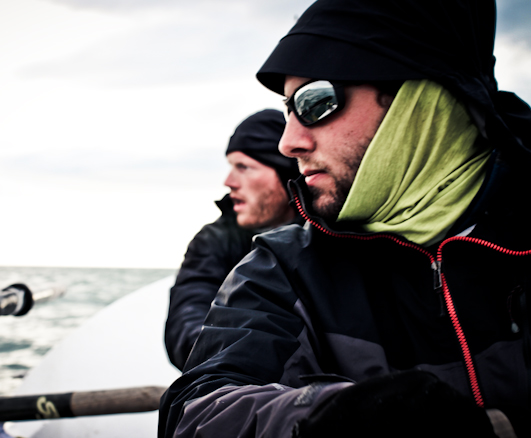
In addition to rowing, we collected plankton samples to help assess the size and strength of the plankton population along the length of our route. This information allows scientists to monitor and predict how whale migration patterns will be as the Arctic ocean warms as a result of man-made global warming.
The year we rowed, 2012, set a recorded for the lowest amount of ice coverage in the Arctic Ocean in recorded history. That year Shell was drilling oil exploration wells in the same part of the Arctic that we were rowing, and later lost control of a drilling rig during a storm that then required a complex operation to rescue the rig and prevent environmental damage. In some ways we were lucky to be there to observe the striking impact that climate change has had on the Arctic. At the same time, I wish that the headlines about the state of the Arctic Ocean ecosystem were more positive.
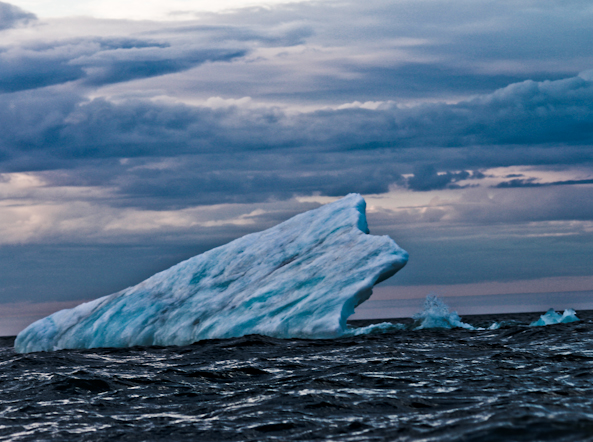
Living in a 24 foot boat for 41 days with three other guys presented some very different challenges than I experienced on the Atlantic
The team endured a long list of challenges and a few victories and the trip ended as a success. We successfully rowed from Inuvik, in the Northwest Territories past the North Slope oil fields and Barrow, Alaska and then headed south west ending in the small village of Point Hope, Alaska. Living in a 24 foot boat for 41 days with three other guys presented some very different challenges than I experienced on the Atlantic. There were times that we got on each others’ nerves but overall it was an incredibly positive experience that we’re all proud of and I’d do it again if I had the chance.
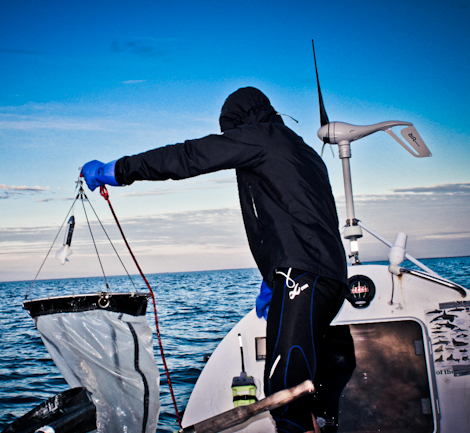
What is Row for Hope all about and how can people get involved?
Row for Hope is a 501(c)3 non-profit organisation that helps adventurers (not just ocean rowers) raise money for causes that they’re passionate about. My Atlantic row raised around $150,000 for cancer research but the organisation is really intended to be a platform through which like-minded people can raise tax-deductible donations for causes that they’re passionate about.
If you have an adventurous streak and a cause you care about then send an email to paul@rowforhope.com and we’ll help you get your fundraising off the ground.
What advice would you give to someone struggling to deal with cancer bereavement?
Losing someone to cancer is all too common, and sadly is something that many of us will have to deal with at some point in life. Everyone reacts in different ways but my advice would be, after you’ve taken some time to yourself, to get involved in the fight against the disease.
My Cancer Research fundraising efforts put me in contact with cancer researchers who are making incredible progress in the fight against cancer every day. There is a lot of reason to be believe that we can collectively beat this disease, and my story is just one example of the fact that we all can make a difference in our own way. So get out there, get started and make as much of an impact as possible. Every little bit helps and seeing the progress that is being made today will help restore some of the hope that disappears when you lose a loved one to cancer.
What are your plans for the future?
One of the unexpected outcomes of my success in ocean rowing has been that my confidence as an adventurer, outdoorsman and expedition leader has gone through the roof. I have plans for large-scale expeditions in blue-water sailing (eg around the world), flight, climbing and a growing interest in adventure film.
The first challenge will be deciding what to do next.


